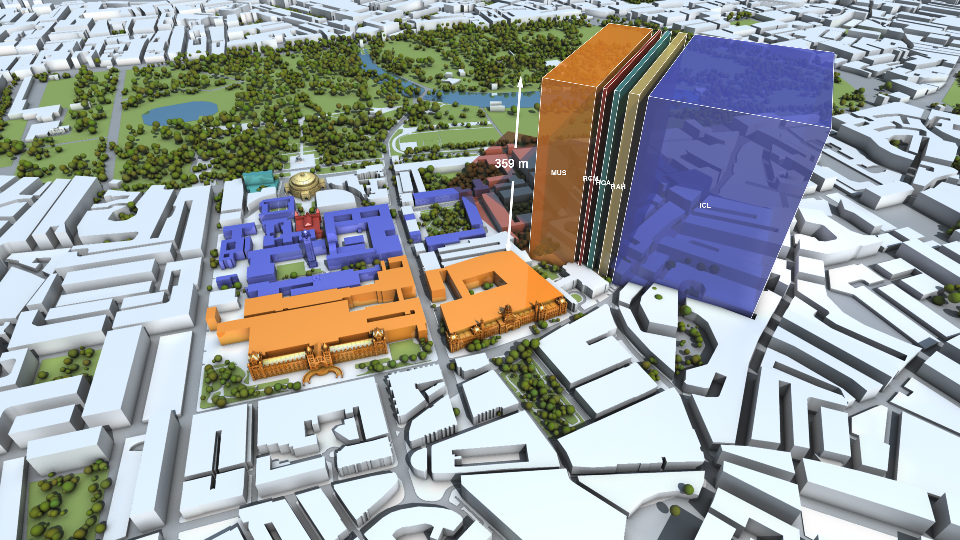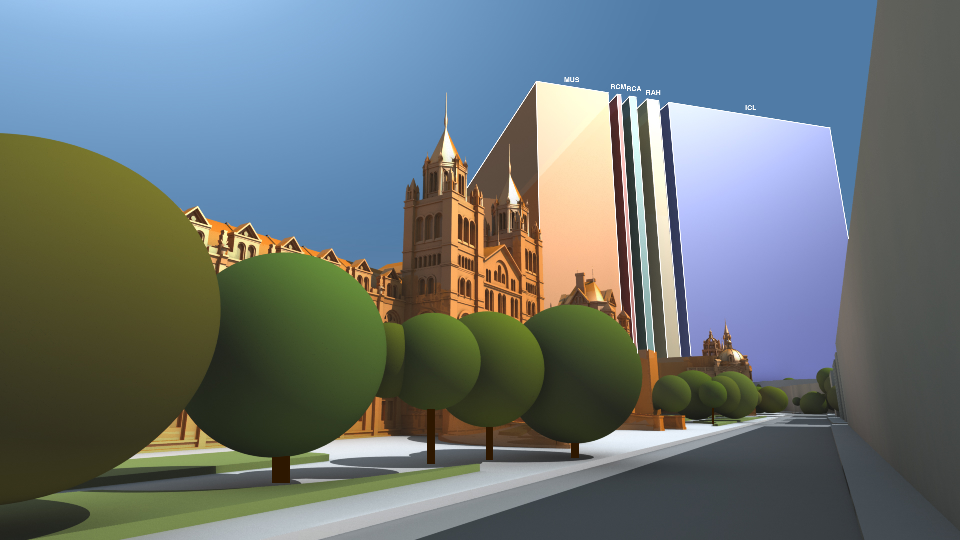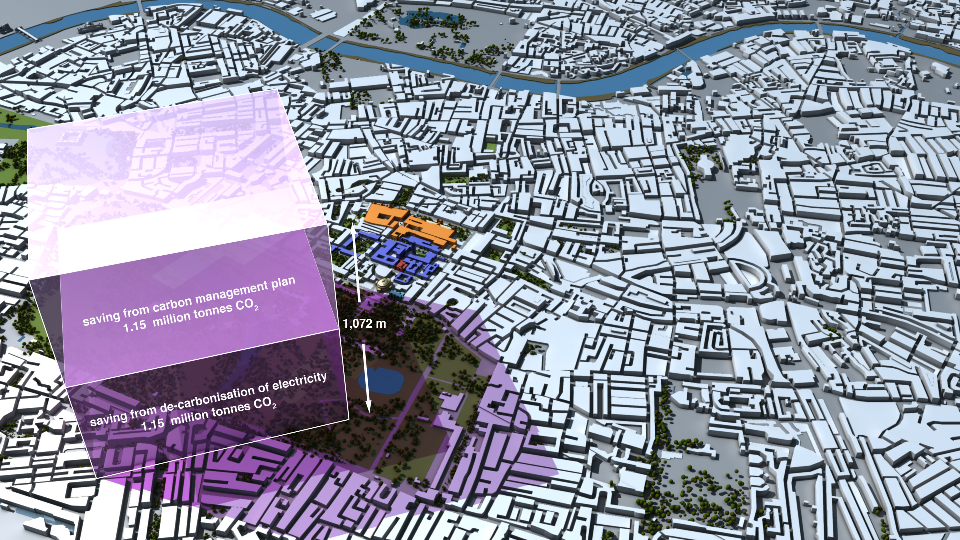Waterhouse Building, Natural History Museum
CLIENT
Natural History Museum
PURPOSE
To plan sustainability communications and engagement.
DESCRIPTION
Attitudinal research, energy control map, segmentation, engagement guidance and reports.
In Spring 2014 we were invited to work with the Natural History Museum on internal sustainability engagement. As with other great museums, integrating modern systems into heritage buildings and maintaining the conditions required for precious collections provide particular challenges for energy managers.
A decade previously, our founding partner CarbonSense was instrumental in the formation of the Museums and Galleries Energy and Carbon Forum which brought together managers of energy and estates from around the UK to share best practice. CarbonSense also contributed to the formulation of an Invest to Save project - the 1851 Estate Carbon Reduction Plan - and thereafter seconded a Low Carbon Manager to the Natural History Museum for two years. Subsequently, Carbon Visuals has provided a range of innovative visuals for this project and also for some of the individual partner institutions including Imperial College and the Royal College of Music.
While judicious investment in infrastructure can deliver improvements, a key to sustained progress on emissions is to also engage everyone in working together towards a low carbon future. We advised NHM on taking a strategic and evolutionary approach over a number of years. We started by conducting informal interviews with selected personnel throughout the organisation and developing a fresh, upbeat and non-technical approach to internal communication on sustainability.
Working closely with the Energy Manager, we used a unique process of energy control mapping based on assessing the extent to which employees and others can control or influence energy use and emissions, and as a precursor to setting levels of ambition accordingly. Case study areas were identified with employee profiling and segmentation. A set of desired outcomes was developed and trialled with the Environmental Group – a cross-Museum managers group charged with ensuring engagement within their own areas.
The Museum has subsequently embarked on the development of an Energy and Sustainability Strategy, including communication and stakeholder engagement, to establish a clearer focus on taking this work forward.
Carbon Visuals brings a powerful analytical approach to sustainability engagement that can be of great help in preparing internal communications, ensuring that issues can be addressed, costs and benefits assessed and a campaign launched on a sound footing.
Declan Rajasingam, Energy Manager, Natural History Museum





